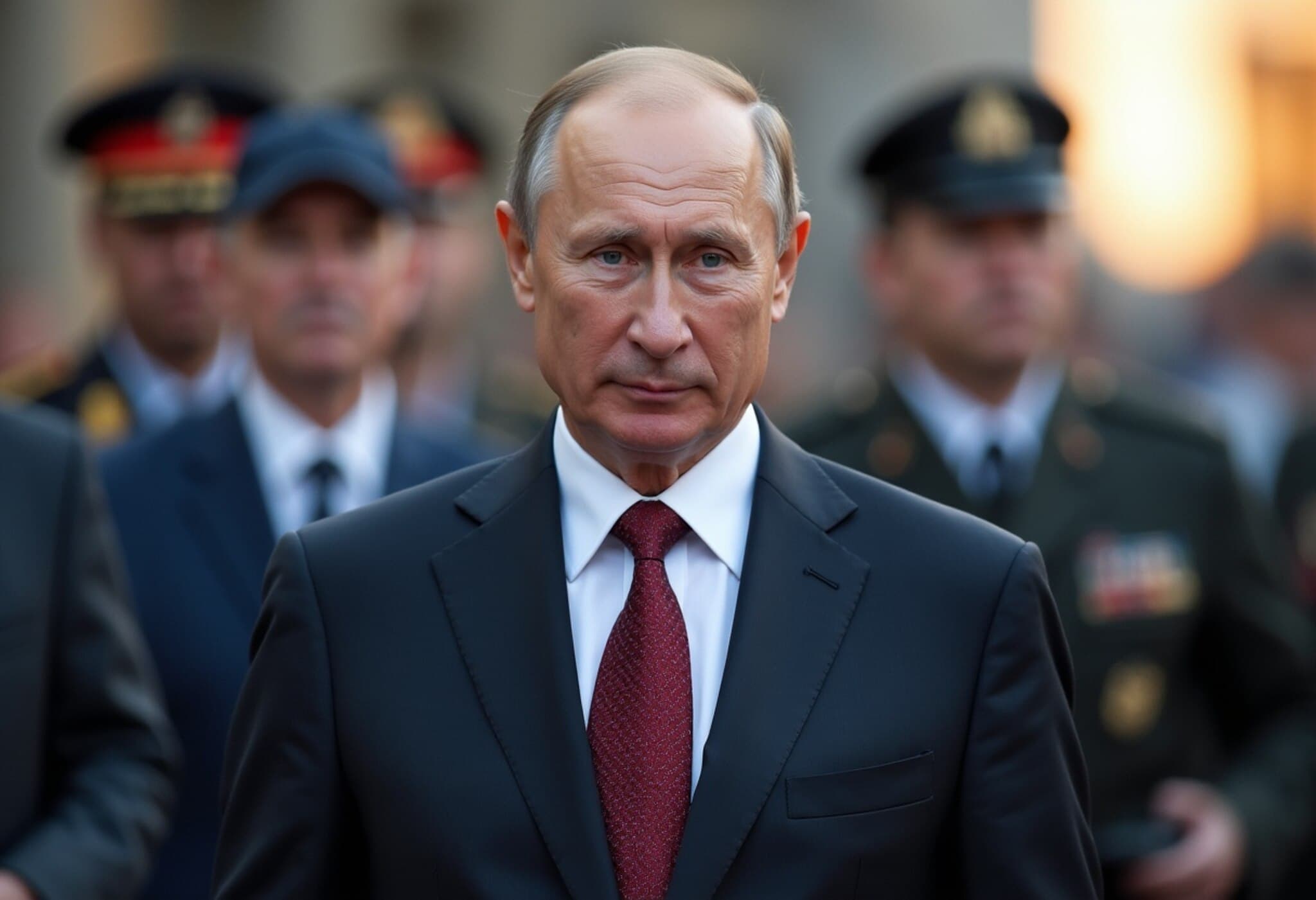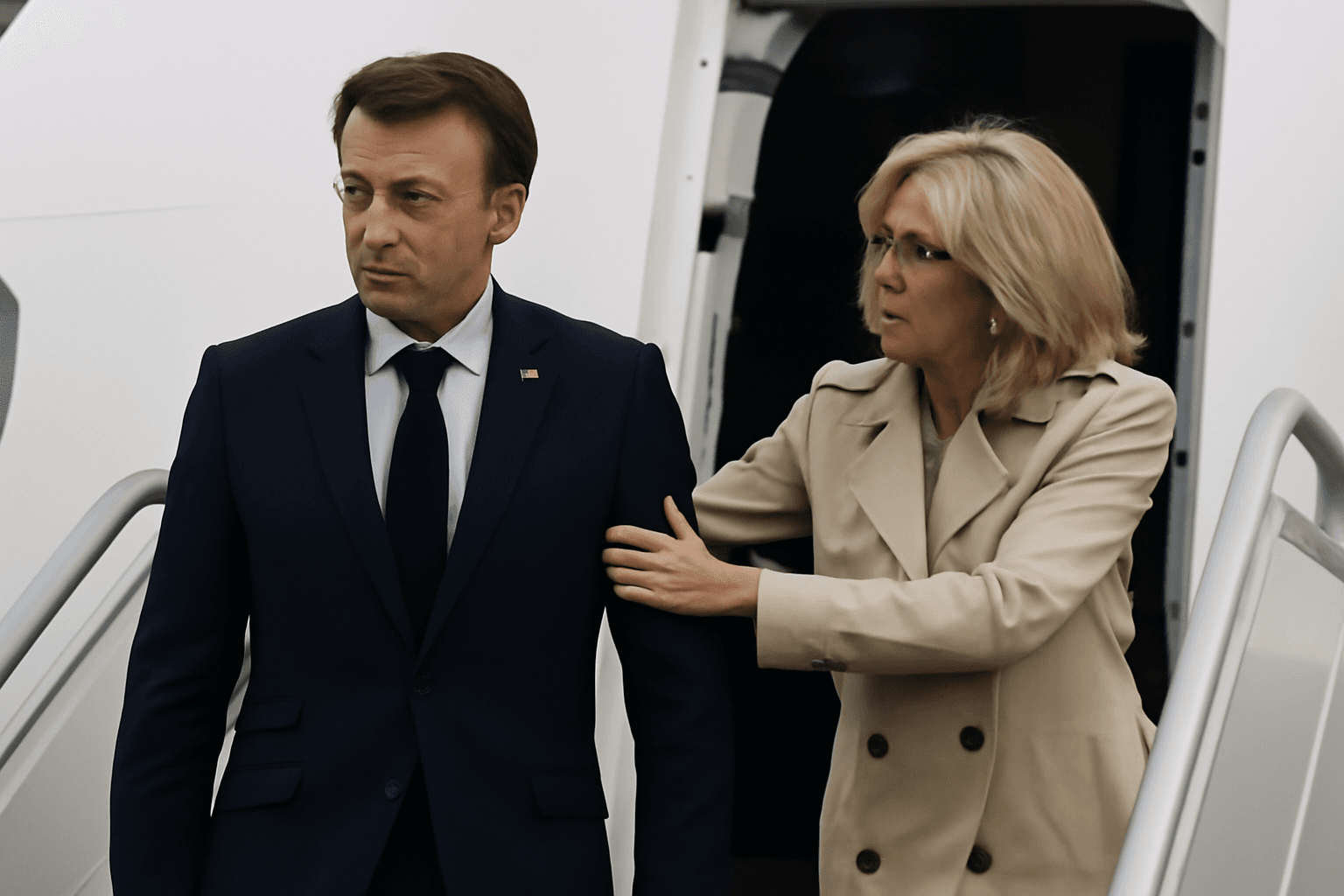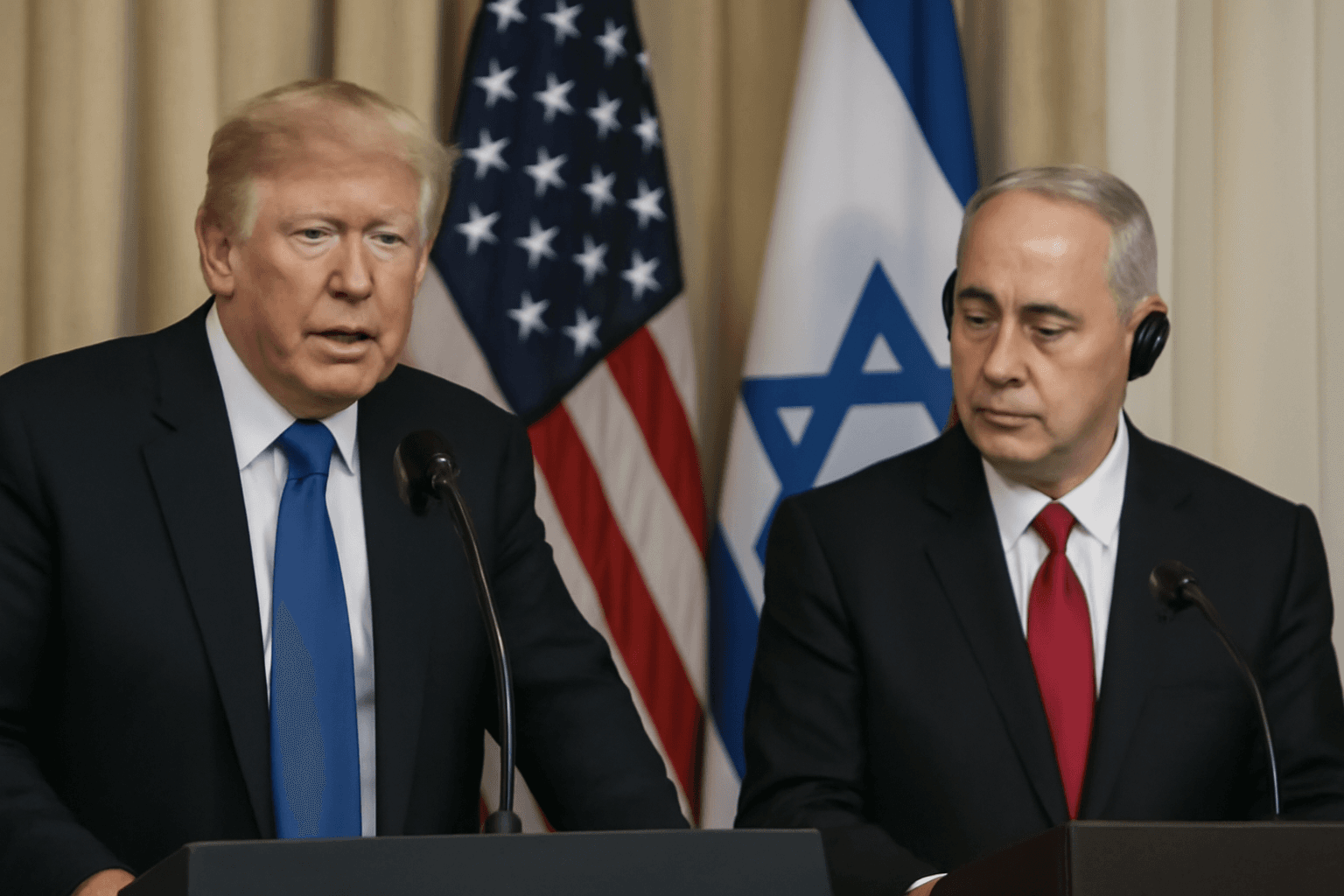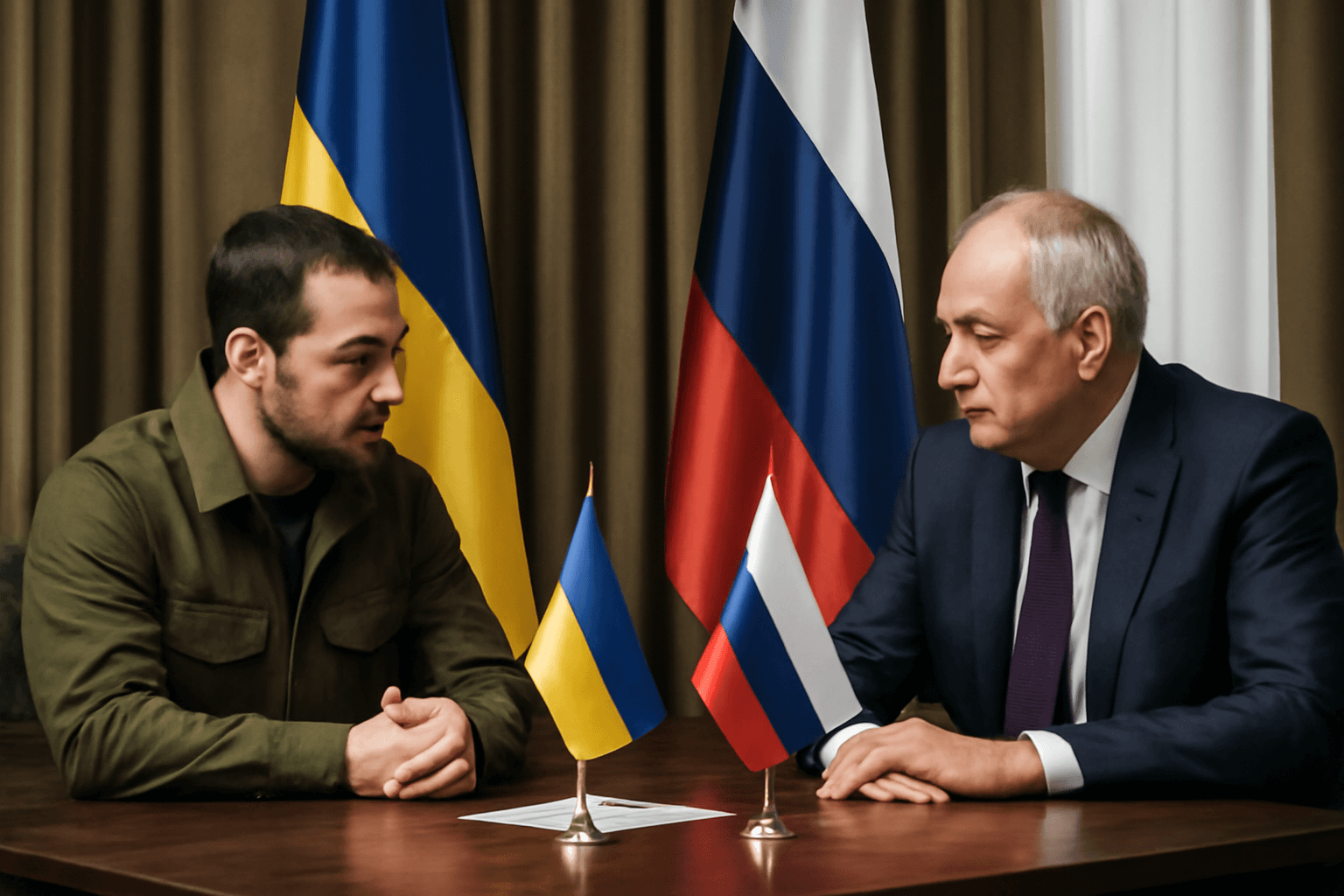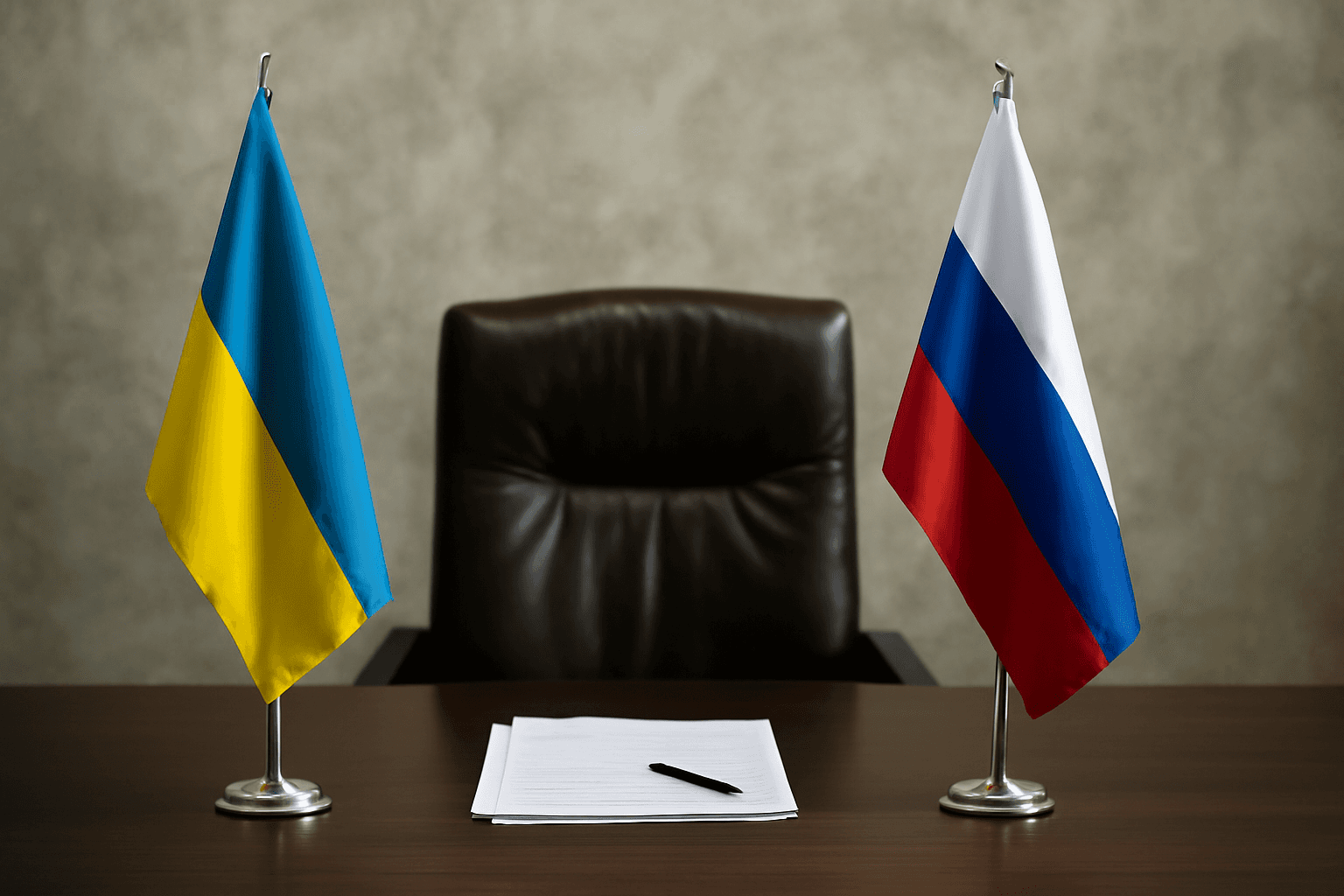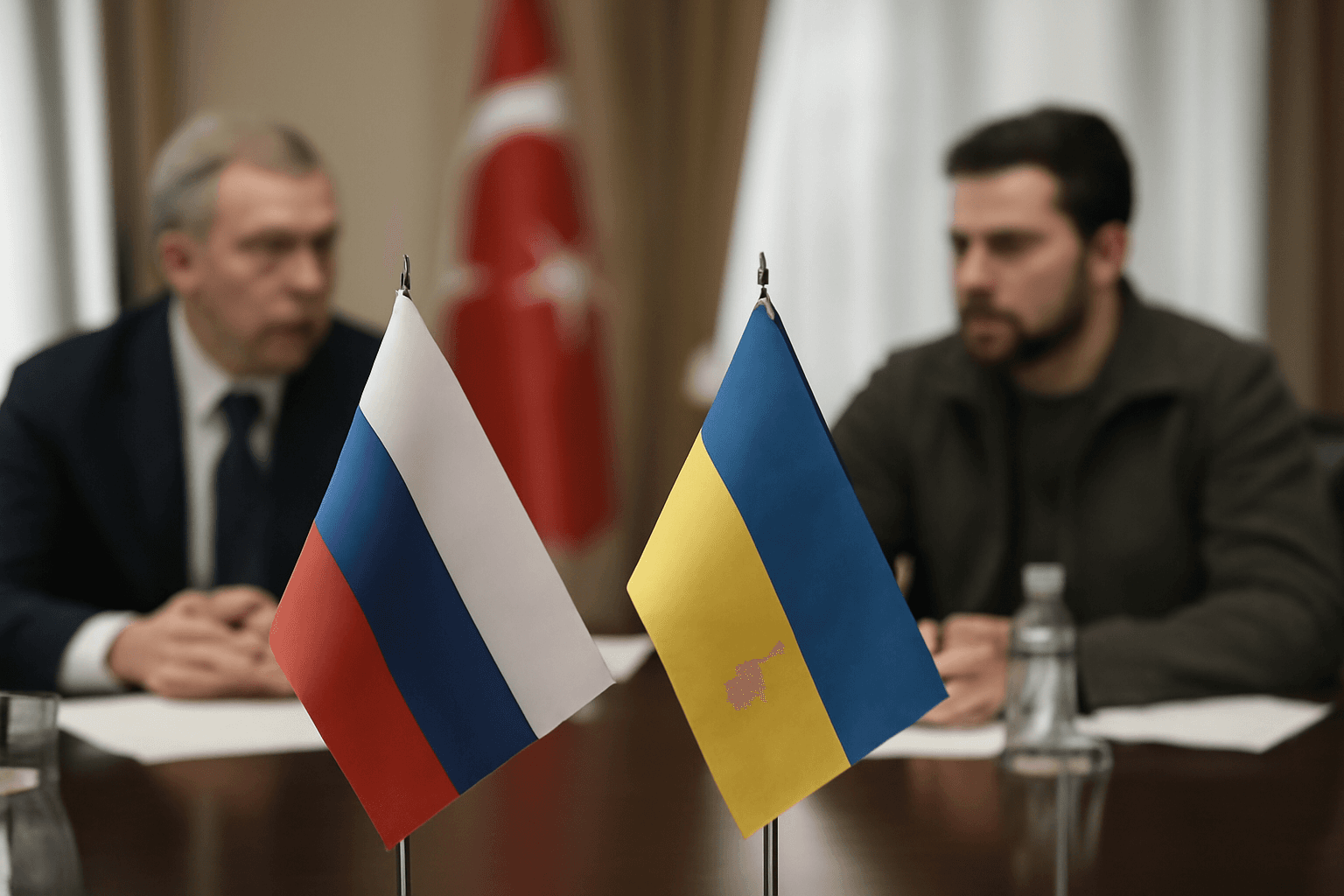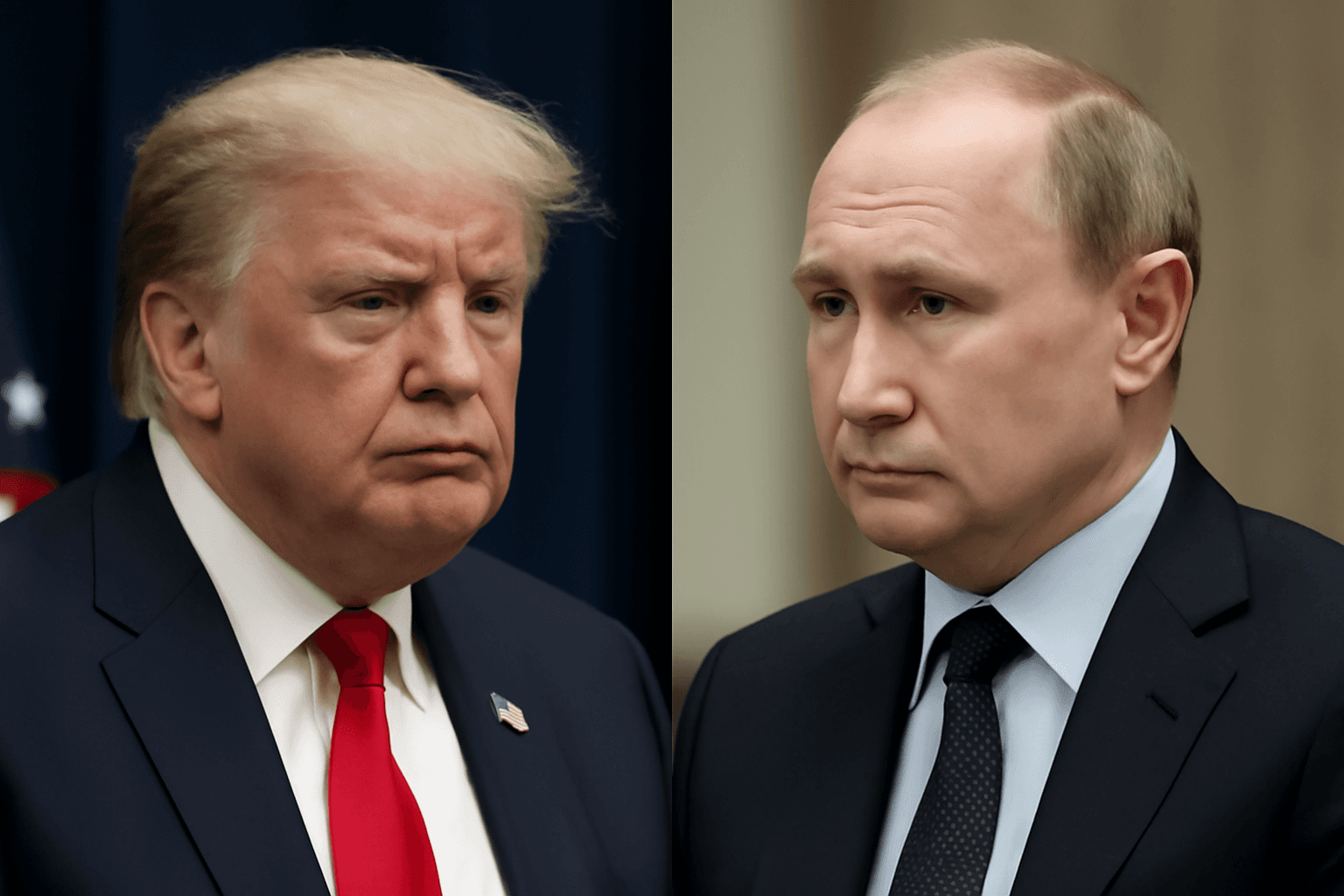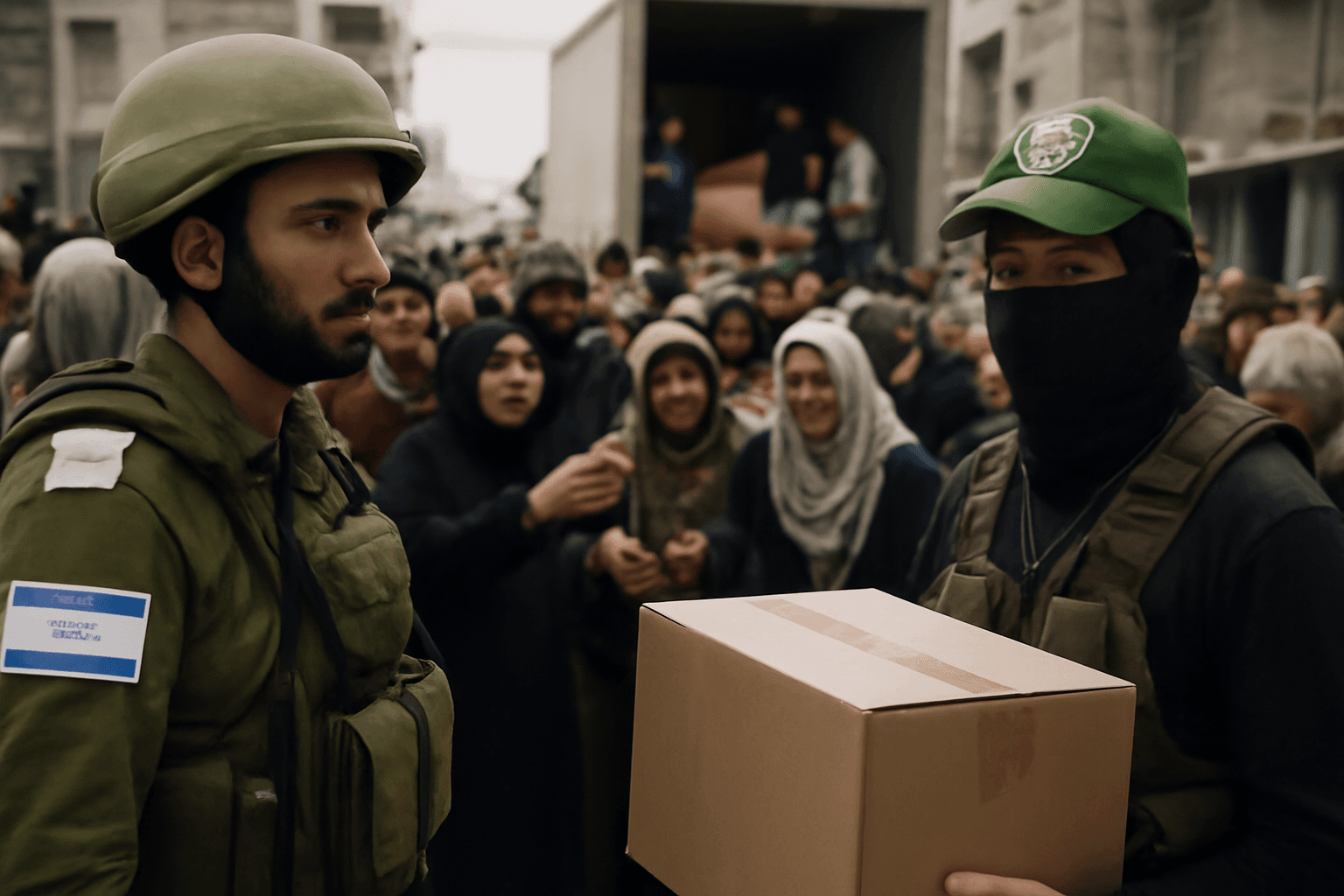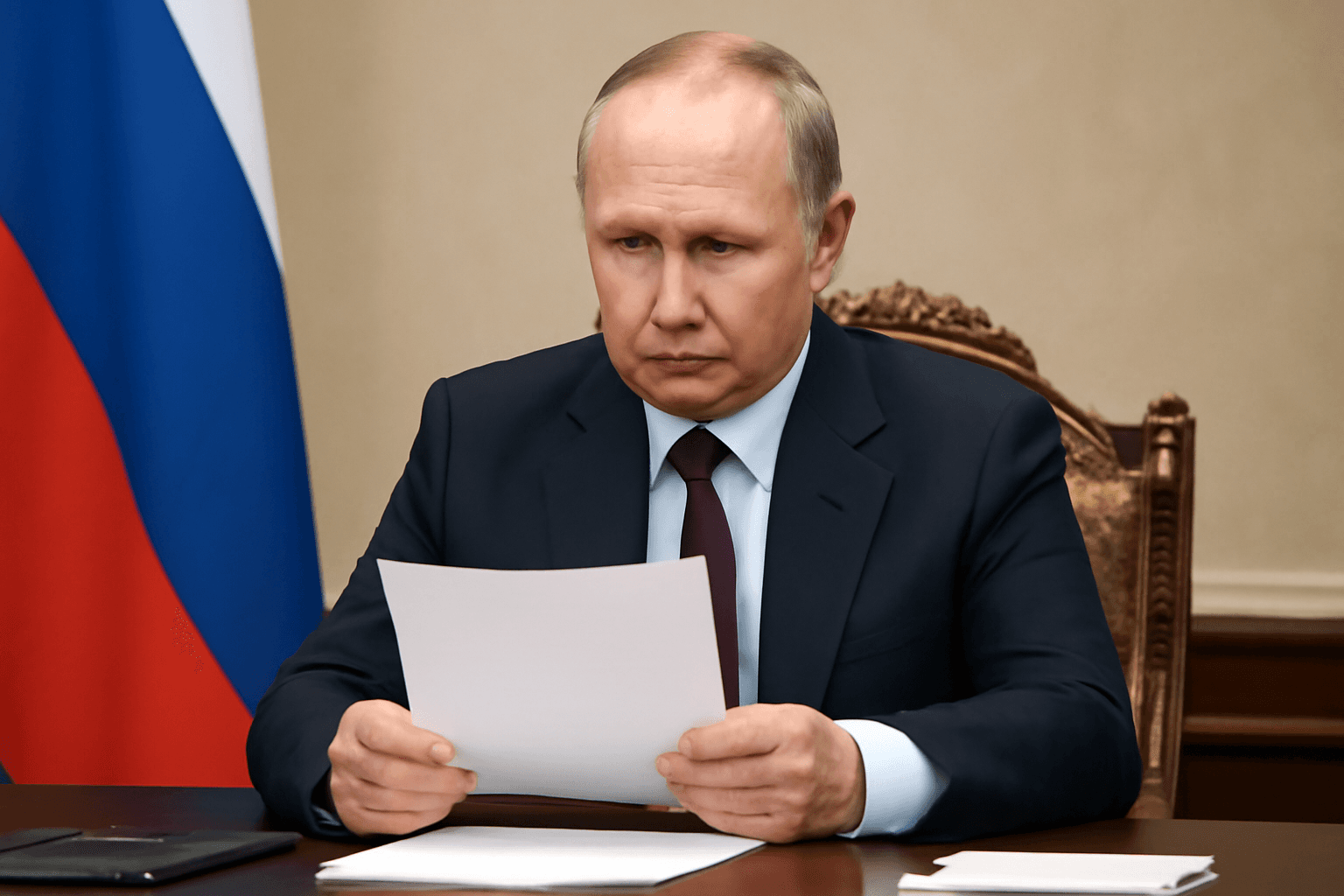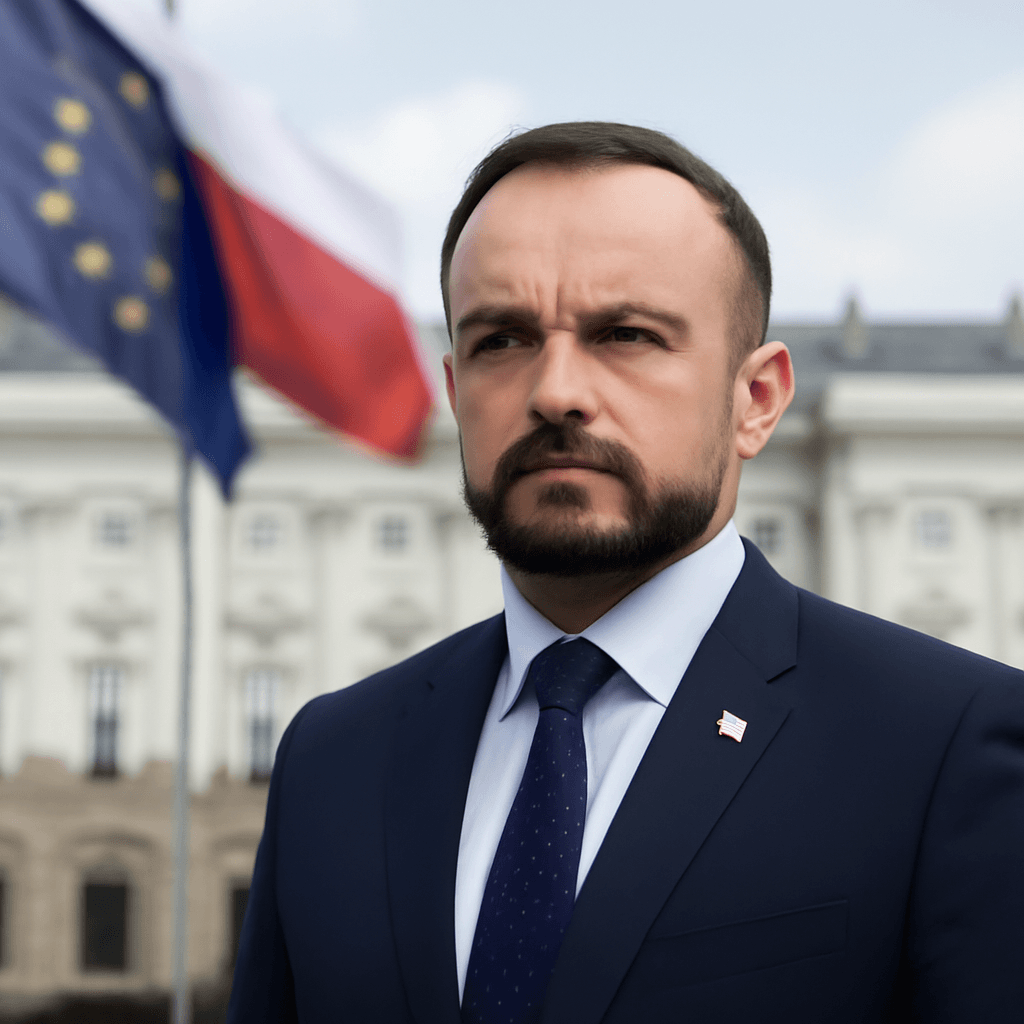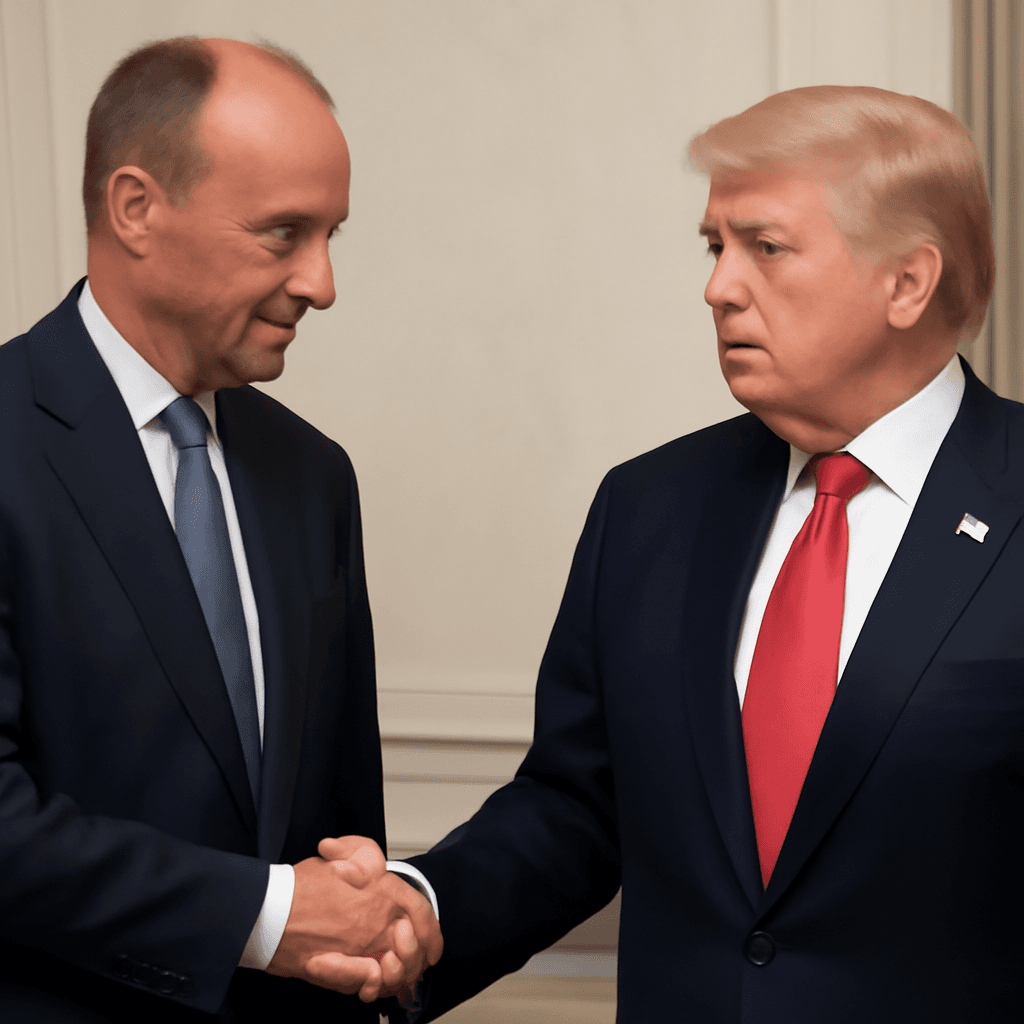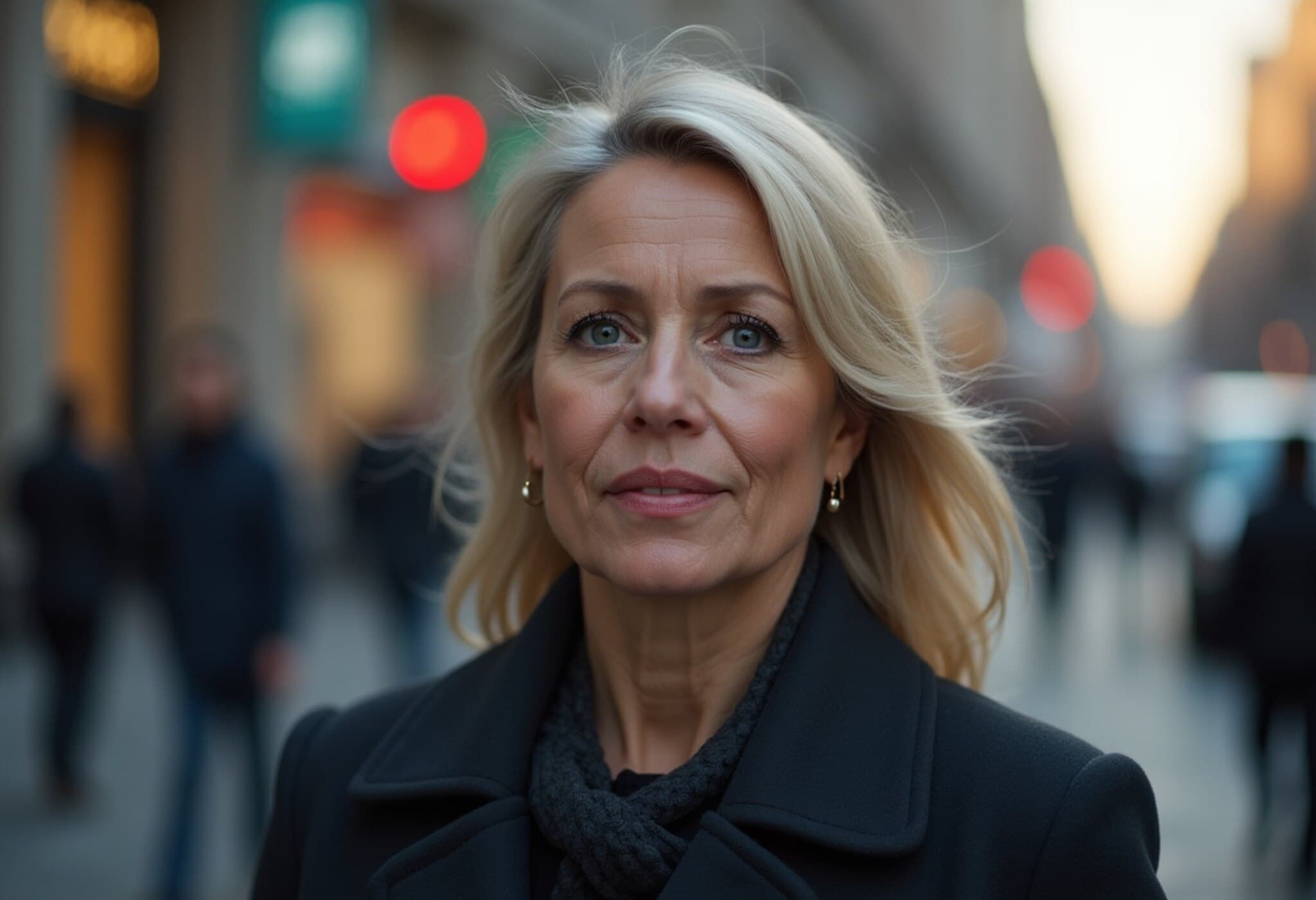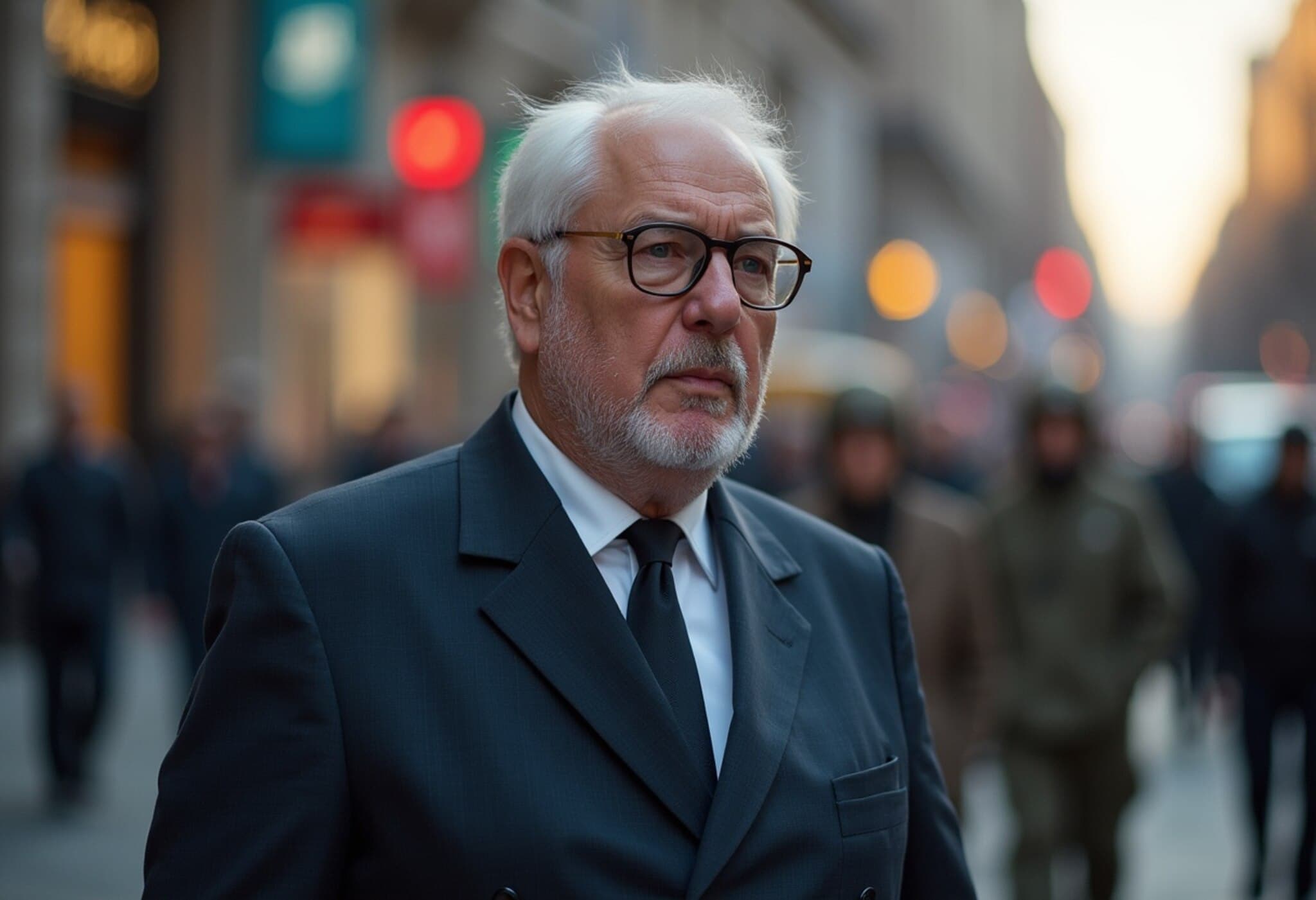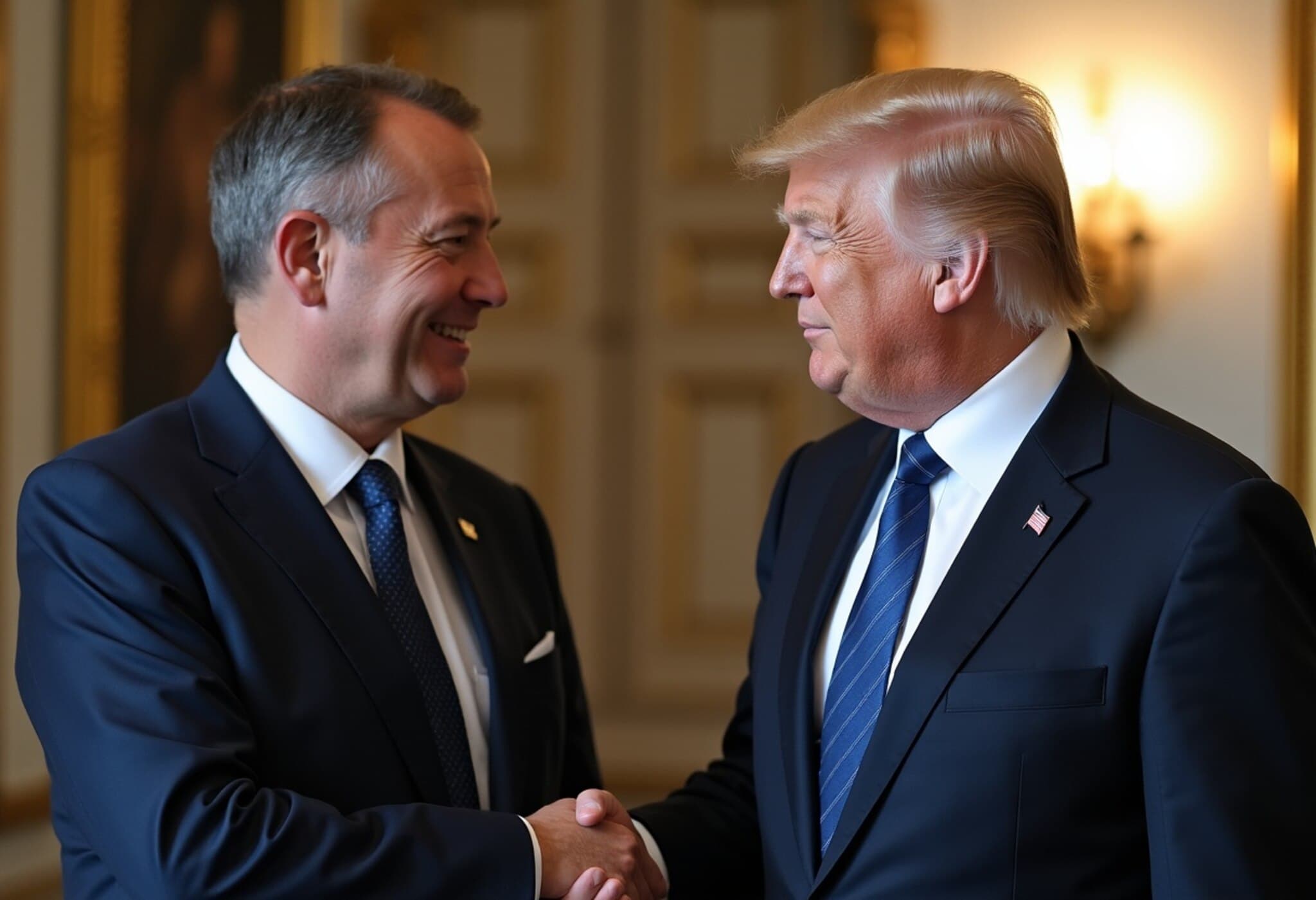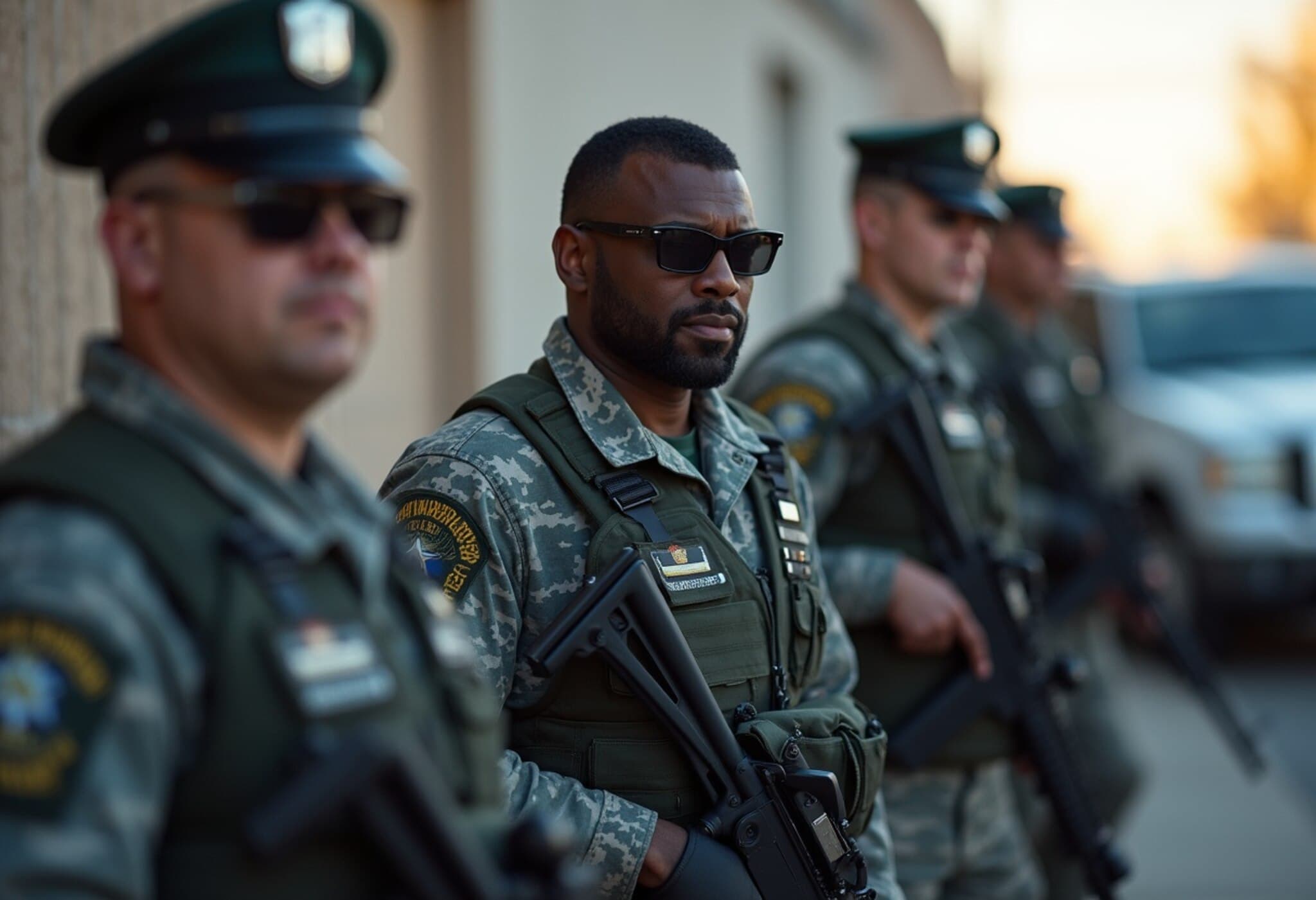Putin’s Four Non-Negotiable Terms to End the War in Ukraine
Following the highly publicized Alaska Summit between Russian President Vladimir Putin and former U.S. President Donald Trump, fresh details have emerged that challenge earlier claims of significant diplomatic breakthroughs. Despite optimistic statements from Trump’s administration suggesting Russia may have softened its position, new reports reveal that Putin’s demands remain firmly rooted in his maximalist objectives.
According to multiple Kremlin sources cited by Reuters, Putin has laid out four core conditions as prerequisites for a peace agreement with Ukraine. These demands extend beyond minor tweaks, signaling a continued hardline stance that underscores the complexity and fragility of any diplomatic resolution.
1. Full Surrender of Donbas Region
At the forefront is Putin’s insistence that Ukraine must relinquish control over the entirety of the Donbas area, encompassing both Donetsk and Luhansk provinces. This includes territories still held by Ukrainian forces, not just the segments Russia currently occupies.
This demand is particularly contentious. Since 2014, Ukraine has reinforced defensive positions across this heavily militarized region, which is home to critical industrial and logistical centers. Relinquishing Donbas would represent not only a strategic loss but also a symbolic victory for Russia—one Moscow has fought over for more than a decade without outright success on the battlefield.
2. A Binding NATO Non-Expansion Guarantee
Putin calls for a legally enforceable promise from NATO to halt any further eastward expansion, effectively nullifying Ukraine’s aspirations for membership. This aligns with longstanding Russian security concerns about the alliance’s proximity to its borders.
While diplomatically significant, this demand raises thorny questions for NATO, which maintains an open-door policy for eligible countries. Agreeing to such a constraint could undermine the alliance’s cohesion and strategic posture in Eastern Europe.
3. Post-War Limitations on Ukraine’s Military
Further complicating negotiations, Putin seeks restrictions on the size and capabilities of Ukraine’s armed forces after any ceasefire or peace deal. This stipulation goes beyond territorial disputes, aiming to diminish Ukraine’s sovereign defense capacity.
4. No Western Troops on Ukrainian Soil
Putin has categorically rejected the presence of Western military personnel within Ukraine following the conflict, forbidding their involvement even as peacekeepers. This reveals Moscow’s intent to maintain a strategic buffer and prevent further Western influence in the region.
Additional Stakes and Concession Nuances
Interestingly, Putin appears open to some minor territorial adjustments. He has proposed relinquishing claims over all of Kherson and Zaporizhzhia provinces, suggesting a freeze of conflict lines there. Additionally, concessions may extend to areas like Sumy and Dnipropetrovsk, though the specifics remain ambiguous regarding actual versus claimed territories.
Push for Russian Veto Power in Peace Agreements
In a move that could entrench Russian leverage, Putin advocates for a tripartite peace deal involving Ukraine, Russia, and the United States, ideally ratified by the United Nations Security Council (UNSC). Given Russia’s permanent seat and veto authority at the UNSC, such arrangements could effectively allow Moscow to block any future unfavorable decisions, casting doubt on Ukraine’s acceptance of this framework.
Expert Analysis: What This Means for U.S. and Global Diplomacy
The unfolding scenario illustrates the profound challenges facing peacemakers. While Western powers have emphasized Ukrainian sovereignty and deterrence, Putin’s rigid four demands starkly contrast with diplomatic overtures signaling a potential thaw.
From an American policy perspective, the Alaska Summit's aftermath serves as a sobering reminder that public optimism often obscures entrenched strategic objectives. A negotiated peace that honors Ukraine’s territorial integrity while addressing Russian security concerns would require unprecedented compromise—an elusive goal given current dynamics.
Moreover, the insistence on NATO’s non-expansion and neutralization of Ukraine touches on broader debates about the post-Cold War European security order and America’s role therein. The balance between reassuring allies and managing strategic competition with Russia remains a high-stakes puzzle.
Why These Developments Matter
- Territorial integrity at risk: Ukraine’s control of key regions like Donbas is central to its national identity and security.
- NATO’s open-door policy challenge: Putin’s demands directly confront Western military alliances and their future trajectories.
- Potential for prolonged stalemate: Russia’s hardline stance risks extending conflict timelines and increasing human costs.
- UN Security Council dynamics: Russia’s veto power could hamper international mediation efforts.
Editor’s Note
As diplomatic actors navigate the treacherous path toward peace in Ukraine, Vladimir Putin’s robust demands reveal the enduring complexities beneath headline optimism. The situation underscores the intricate weave of military, political, and geopolitical interests at play—where every concession carries deep implications for regional stability and global order.
Readers are urged to contemplate not only the surface-level negotiations but also the underlying power structures, historical grievances, and future security arrangements shaping this conflict. The road to peace is neither linear nor guaranteed, but understanding these nuanced terms is pivotal for informed discourse on one of the world’s most pressing crises.

